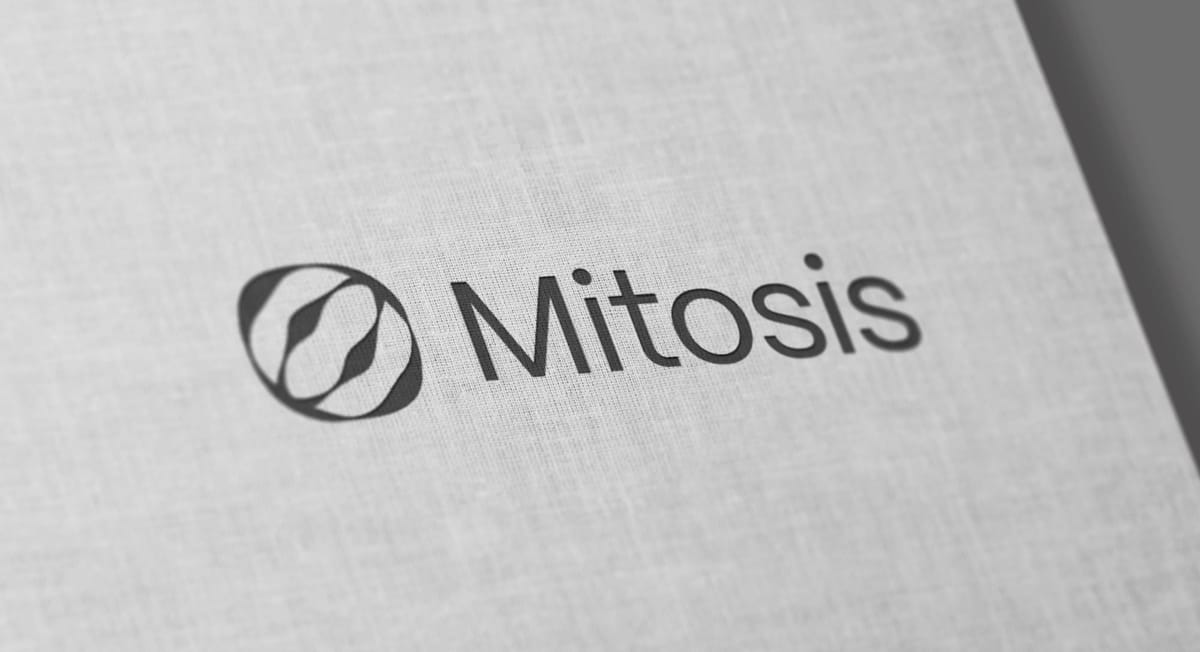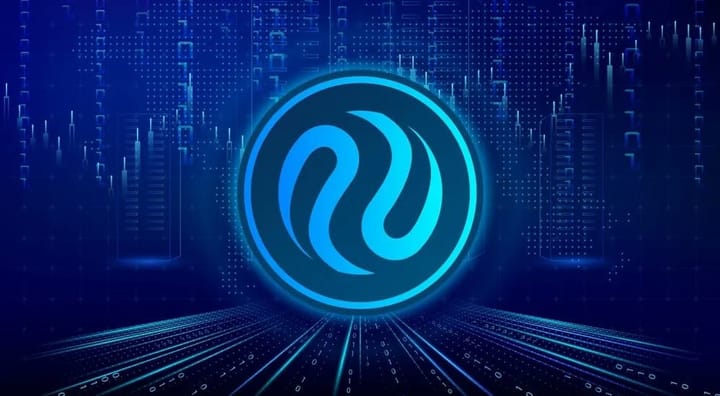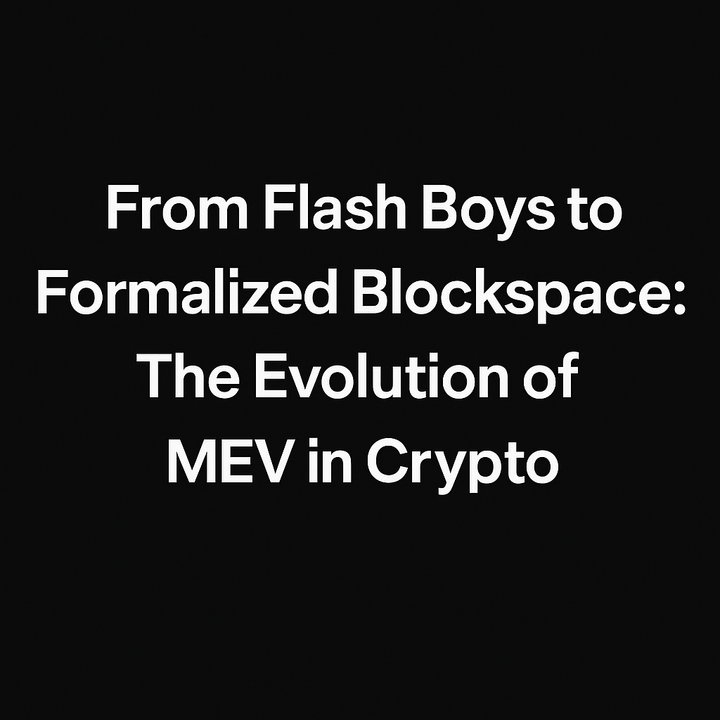How Mitosis Is Quietly Fixing the Biggest Problem in DeFi

Introduction: The Unseen Problem in DeFi
If you’ve been around crypto long enough, you’ll know that DeFi (Decentralized Finance) is supposed to be the great equalizer, a place where anyone, anywhere, can access financial tools without asking for permission.
In reality, though, there’s one big, stubborn problem that’s been silently holding DeFi back: liquidity fragmentation.
Liquidity fragmentation simply means that the money in DeFi is scattered across too many blockchains, protocols, and pools. It’s like having a hundred wallets but each with a few coins inside, you can’t do much with them because they’re spread out.
And that’s where Mitosis comes in. Instead of making noise with hype and buzzwords, Mitosis has been quietly building a system that tackles this issue at its root.
Understanding the Core Problem: Liquidity Fragmentation
Let’s use a simple analogy:
Imagine a small town where every store accepts different types of coins. Store A only takes copper coins, Store B only takes silver coins, Store C only takes gold coins.
If you want to buy things in all three stores, you have to split your money into three separate piles copper, silver, and gold. That’s fine if you’re rich, but if you only have a small amount, you can’t make meaningful purchases in any store.
That’s exactly what’s happening in DeFi right now:
- Ethereum has its liquidity pools.
- Solana has its liquidity pools.
- Binance Smart Chain has its liquidity pools.
- Dozens of other chains have theirs too.
Each chain is like a store with its own coins. Funds are locked inside their own ecosystems, making it hard for people to trade, lend, borrow, or earn yield without bridging and bridges are risky and slow.
Why This Problem Hurts DeFi Users
The fragmentation problem creates several headaches:
- Missed Opportunities
If your liquidity is on Chain A, you can’t instantly jump on a yield opportunity on Chain B without moving funds, which costs time and gas fees. - High Costs
Moving funds between chains often involves multiple transactions and fees, especially when using bridges. - Security Risks
Cross-chain bridges have been a major target for hackers, with billions stolen in exploits. - Poor User Experience
For newcomers, having to learn multiple wallets, networks, and token standards is overwhelming.
This is like trying to shop in a mall where every store is in a different city, and you have to take a bus each time you want to buy something. Not fun.
Mitosis’ Quiet but Powerful Solution
Mitosis isn’t trying to reinvent the wheel, it’s connecting the wheels into a high-speed, multi-lane highway.
At its core, Mitosis is building a programmable user layer for cross-chain liquidity. That means instead of you worrying about moving funds from Chain A to Chain B, Mitosis handles it under the hood.
Here’s what makes it stand out:
- Unified Liquidity Access
Funds don’t have to be locked in just one chain. You can access opportunities across multiple chains without manually bridging. - Matrix Vaults
Think of these as smart, cross-chain storage units that hold liquidity and deploy it wherever it’s needed, automatically. - Programmable Yield Strategies
Mitosis can move your funds to wherever they earn the best yield, in real time.
The Magic of Matrix Vaults
Matrix Vaults are one of Mitosis’ key innovations. Imagine a digital vault that’s accessible from multiple blockchains at once.
Example:
You deposit USDC into a Mitosis Matrix Vault. The vault knows that right now, the best lending rate for USDC is on Avalanche, while the best farming opportunity for ETH is on Arbitrum. Mitosis can move and allocate your liquidity so you’re always in the most profitable position without you lifting a finger.
This is like having a personal finance assistant who constantly scans all banks, exchanges, and investment platforms, moving your money around for maximum benefit.
Why Mitosis Isn’t Just Another Bridge
A lot of people might think, “Wait, so Mitosis is just another bridge?”
Not exactly.
Traditional bridges simply move tokens from one chain to another. That’s it. They’re like buses that transport coins between cities.
Mitosis, on the other hand, is more like an intelligent logistics network. It doesn’t just move assets; it optimizes where those assets should be at any given time and makes them usable across multiple chains simultaneously.
- No manual transfers
- No complicated swapping
- No exposure to single-bridge risks
Real-Life Example: Yield Farming Without the Hassle
Let’s say you have $10,000 in stablecoins, and you want to earn the highest yield possible in DeFi. Without Mitosis, here’s what you’d have to do:
- Research yields on different chains.
- Bridge funds to the right chain.
- Swap tokens if necessary.
- Deposit into a yield farm.
- Repeat the process when yields change.
With Mitosis, you simply deposit into the vault and choose a “High Yield” strategy. Mitosis’ system scans all chains, deploys your liquidity where it’s best, and automatically moves it when conditions change.
It’s like putting your money in a “super bank” that invests globally, instantly.
How This Helps DeFi Grow
By solving liquidity fragmentation, Mitosis unlocks several benefits for the entire ecosystem:
- Better Capital Efficiency
Instead of liquidity sitting idle in one place, it can flow where it’s needed most. - Lower Costs
Fewer manual transactions mean fewer gas fees. - Safer Cross-Chain Movement
Less exposure to risky, single-point bridges. - Easier Onboarding
New users can enjoy DeFi benefits without complex technical steps.
This is the kind of infrastructure DeFi has been missing, the invisible pipes that make the system run smoothly.
The “Quiet” Part: Why Mitosis Isn’t Loud About It
A lot of projects in crypto shout about their features before they’re even ready. Mitosis is taking a different approach: build first, talk later.
By focusing on delivering a working, secure, and scalable product, Mitosis is avoiding the hype trap that’s burned many projects in the past.
It’s like a chef perfecting a dish in the kitchen before inviting guests, you get something truly worth serving.
The Road Ahead
Mitosis’ future plans aim to deepen this cross-chain liquidity layer:
- More supported chains and protocols.
- Smarter yield strategies powered by AI.
- Integration with major DeFi apps so users don’t even need to know Mitosis is working in the background.
The endgame? A DeFi world where liquidity isn’t trapped, it flows freely like water, going wherever it’s needed most.
Conclusion: Quietly Changing the Game
DeFi has a liquidity problem, and most people don’t even realize it’s the biggest thing holding the industry back. Mitosis is quietly, but effectively fixing this by breaking down the walls between blockchains.
Instead of shouting for attention, it’s building the infrastructure that could make DeFi faster, safer, and more profitable for everyone.
In a world full of hype-driven promises, Mitosis’ quiet approach might just be the loudest move of all.



Comments ()